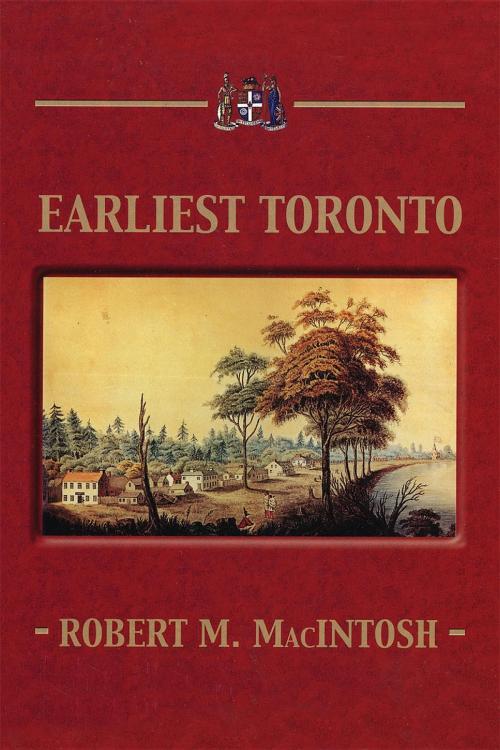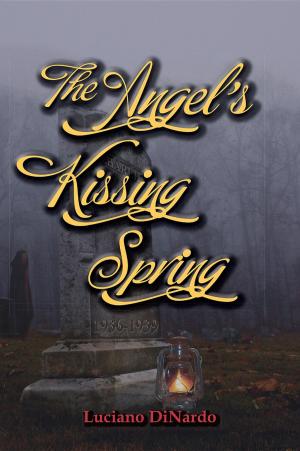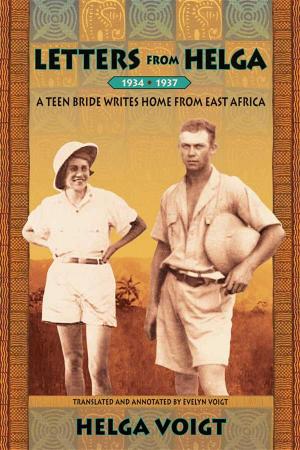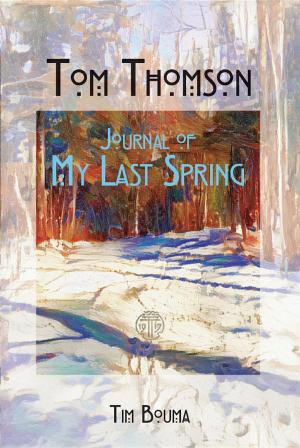| Author: | Robert M. MacIntosh | ISBN: | 9781772570168 |
| Publisher: | Burnstown Publishing House | Publication: | June 1, 2015 |
| Imprint: | Burnstown Publishing House | Language: | English |
| Author: | Robert M. MacIntosh |
| ISBN: | 9781772570168 |
| Publisher: | Burnstown Publishing House |
| Publication: | June 1, 2015 |
| Imprint: | Burnstown Publishing House |
| Language: | English |
Almost half the population of Toronto-immigrants and newcomers from elsewhere in Canada-has no cultural memory of our city's beginnings. In a bid to fill this gap, Earliest Toronto tells the city's story up to the War of 1812 and its aftermath. Beginning with the dramatic conflicts in the aboriginal communities around Lake Ontario before the coming of the Europeans in the early seventeenth century, followed by two centuries of French exploration and settlement, the city's early history will surprise many Torontonians. Simcoe, the founder of the village of York in 1793, is often presented as a great administrator and military leader. In fact he was a poor manager with no attachment to Canada, and a vigorous advocate of English snobbery and class distinction. His chief concern was to gain preferment in London and to transplant the values of the British class system to the forest frontier. Earliest Toronto makes a plausible case that the real founder of Toronto was William Berczy, a remarkably cultured and determined man who led an expedition of German immigrants to Markham in 1794, and who contributed significantly to the early development of the new settlement. Later chapters focus on the people and events that shaped the early years of a struggling frontier community. One of the stories is about the sinking of the Speedy on Lake Ontario, and how it led to the building of The Grange, today one of Toronto's oldest extant buildings and the birthplace of the Art Gallery of Ontario.
Almost half the population of Toronto-immigrants and newcomers from elsewhere in Canada-has no cultural memory of our city's beginnings. In a bid to fill this gap, Earliest Toronto tells the city's story up to the War of 1812 and its aftermath. Beginning with the dramatic conflicts in the aboriginal communities around Lake Ontario before the coming of the Europeans in the early seventeenth century, followed by two centuries of French exploration and settlement, the city's early history will surprise many Torontonians. Simcoe, the founder of the village of York in 1793, is often presented as a great administrator and military leader. In fact he was a poor manager with no attachment to Canada, and a vigorous advocate of English snobbery and class distinction. His chief concern was to gain preferment in London and to transplant the values of the British class system to the forest frontier. Earliest Toronto makes a plausible case that the real founder of Toronto was William Berczy, a remarkably cultured and determined man who led an expedition of German immigrants to Markham in 1794, and who contributed significantly to the early development of the new settlement. Later chapters focus on the people and events that shaped the early years of a struggling frontier community. One of the stories is about the sinking of the Speedy on Lake Ontario, and how it led to the building of The Grange, today one of Toronto's oldest extant buildings and the birthplace of the Art Gallery of Ontario.















